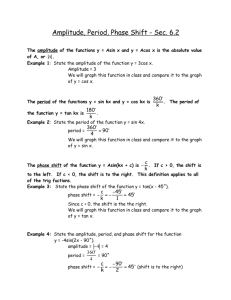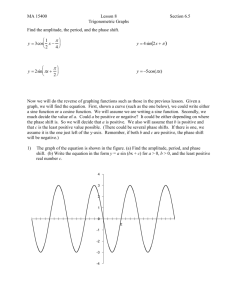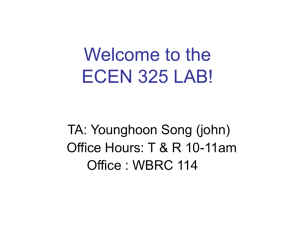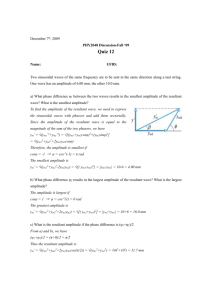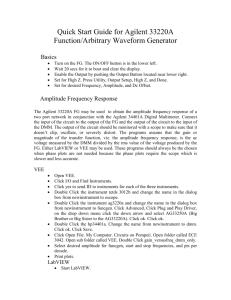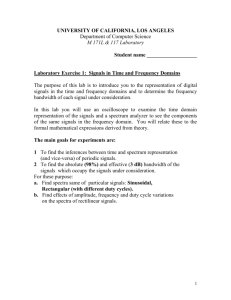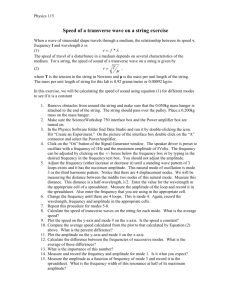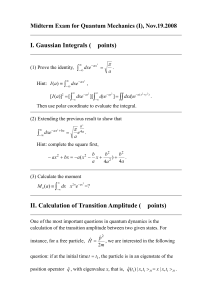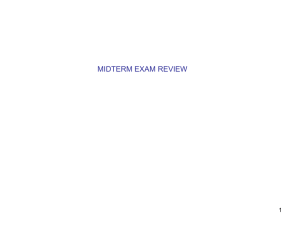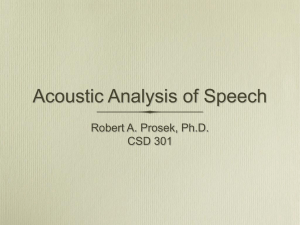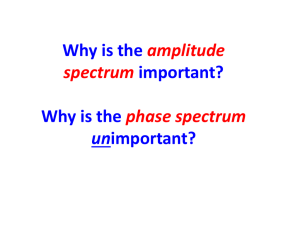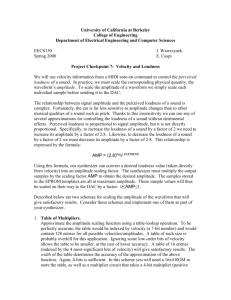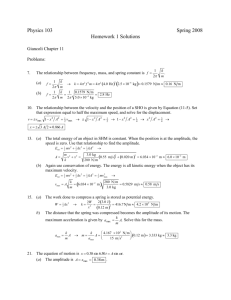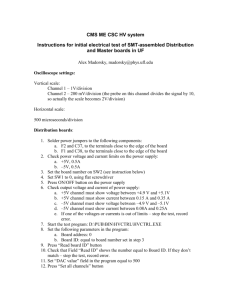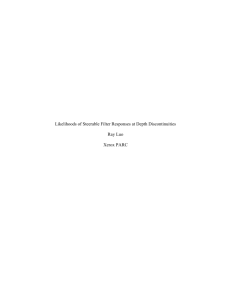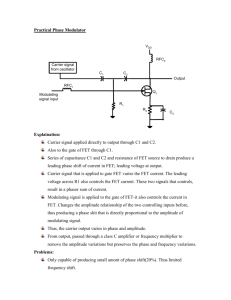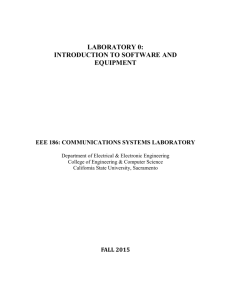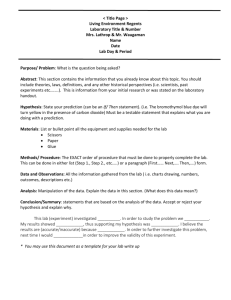Appendix A: List of voice parameters extracted by the Multi
advertisement
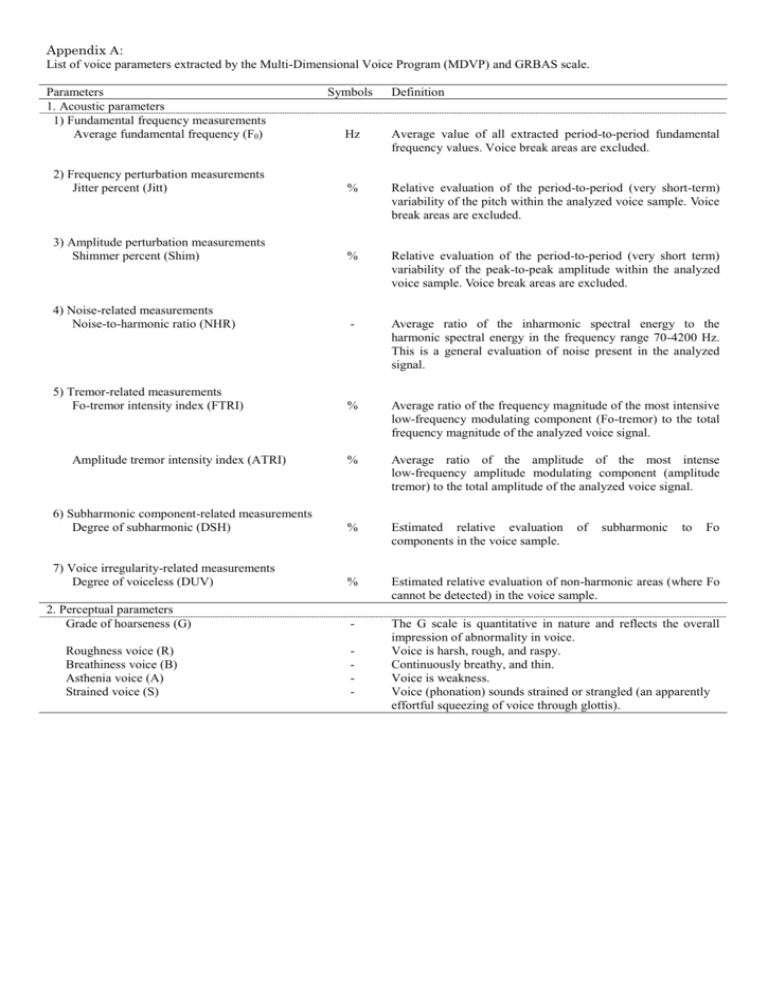
Appendix A: List of voice parameters extracted by the Multi-Dimensional Voice Program (MDVP) and GRBAS scale. Parameters 1. Acoustic parameters 1) Fundamental frequency measurements Average fundamental frequency (F0) Symbols Definition Hz Average value of all extracted period-to-period fundamental frequency values. Voice break areas are excluded. 2) Frequency perturbation measurements Jitter percent (Jitt) % Relative evaluation of the period-to-period (very short-term) variability of the pitch within the analyzed voice sample. Voice break areas are excluded. 3) Amplitude perturbation measurements Shimmer percent (Shim) % Relative evaluation of the period-to-period (very short term) variability of the peak-to-peak amplitude within the analyzed voice sample. Voice break areas are excluded. 4) Noise-related measurements Noise-to-harmonic ratio (NHR) - Average ratio of the inharmonic spectral energy to the harmonic spectral energy in the frequency range 70-4200 Hz. This is a general evaluation of noise present in the analyzed signal. 5) Tremor-related measurements Fo-tremor intensity index (FTRI) % Average ratio of the frequency magnitude of the most intensive low-frequency modulating component (Fo-tremor) to the total frequency magnitude of the analyzed voice signal. Amplitude tremor intensity index (ATRI) % Average ratio of the amplitude of the most intense low-frequency amplitude modulating component (amplitude tremor) to the total amplitude of the analyzed voice signal. 6) Subharmonic component-related measurements Degree of subharmonic (DSH) % Estimated relative evaluation components in the voice sample. 7) Voice irregularity-related measurements Degree of voiceless (DUV) % Estimated relative evaluation of non-harmonic areas (where Fo cannot be detected) in the voice sample. 2. Perceptual parameters Grade of hoarseness (G) - Roughness voice (R) Breathiness voice (B) Asthenia voice (A) Strained voice (S) - The G scale is quantitative in nature and reflects the overall impression of abnormality in voice. Voice is harsh, rough, and raspy. Continuously breathy, and thin. Voice is weakness. Voice (phonation) sounds strained or strangled (an apparently effortful squeezing of voice through glottis). of subharmonic to Fo


